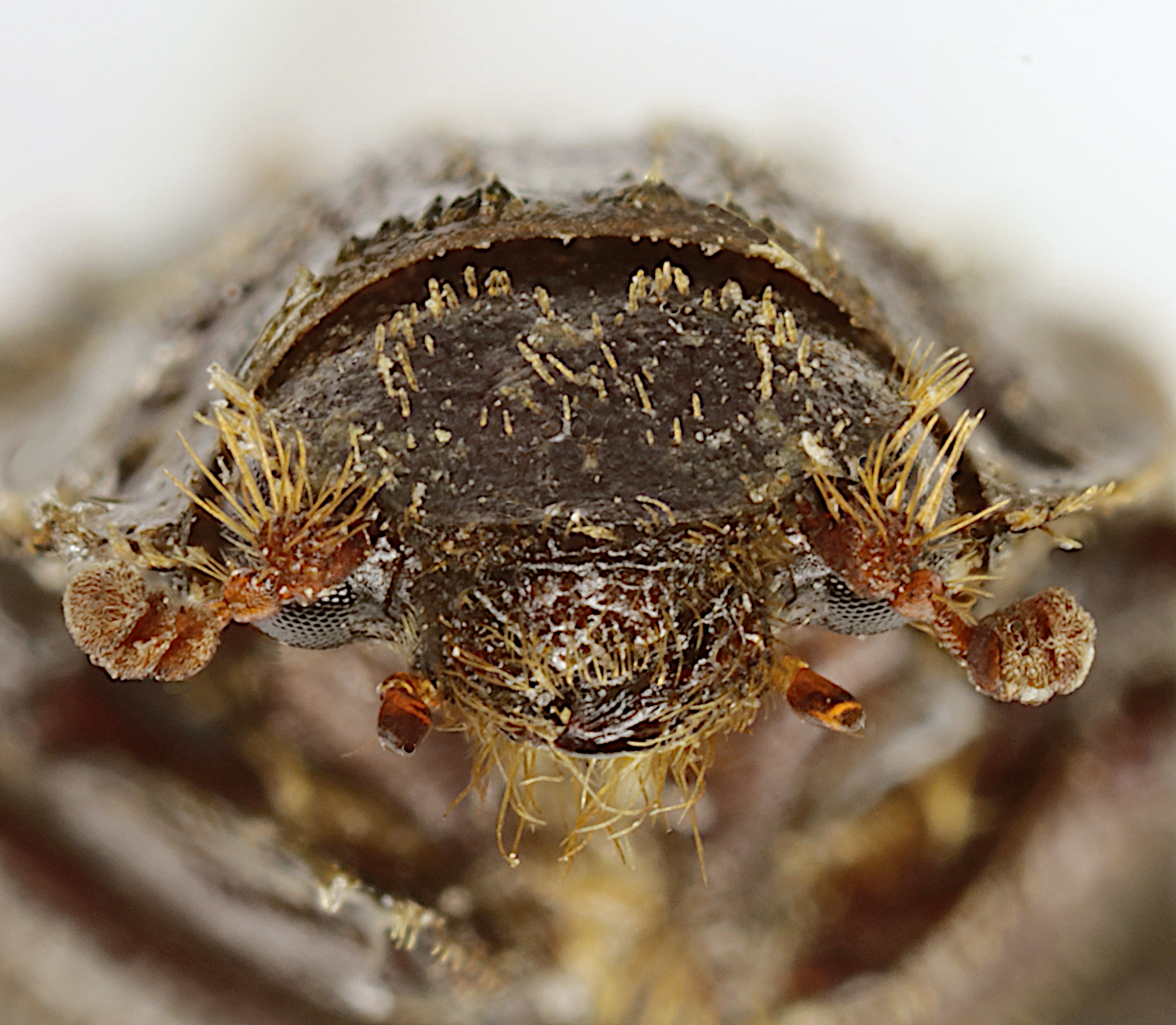|
Trox Confluens
''Trox confluens'' is a species of hide beetle in the subfamily Troginae ''Troginae'' is a subfamily of beetles in the family Trogidae which includes extant species and extinct beetle species from the Lower Cretaceous. The subfamily contains the following genera: * Glyptotrox Nikolajev, 2016 *Paratrox Nikolajev, 2009 .... Within the genus ''Trox'', it is placed in the subgenus ''Granulitrox''. Though this species is disputed, with some taxonomists arguing ''T. confluens'' is merely a duplicate of ''Trox granulipennis'', the general consensus is that ''T. confluens'' and ''T. granulipennis'' are distinct. This beetle lives in Algeria, the Canary Islands, Libya, Morocco, and Tunisia. References confluens Beetles described in 1864 Taxa named by Thomas Vernon Wollaston {{Trogidae-stub ... [...More Info...] [...Related Items...] OR: [Wikipedia] [Google] [Baidu] |
Hide Beetle
Trogidae, sometimes called hide beetles, is a family of beetles with a distinctive warty or bumpy appearance. Found worldwide, the family includes about 300 species contained in four or five genera. Trogids range in length from 2 to 20 mm. Their shape is oblong to oval, with a generally flat abdomen. Their color ranges from brown to gray or black, and they often encrust their bodies with soil. They resemble Scarabaeidae, scarab beetles with heavy limbs and spurs. They are scavengers and are among the last species to visit and feed on carrion. They are most often found on the dry remains of dead animals. Both adults and larvae eat feathers and skin. Some species are found in bird and mammal nests. Details of the life histories of many species are poorly known, since many are specialized to particular types of nests. They are often overlooked by predators and collectors due to their behaviors of covering their bodies with soil and becoming motionless when disturbed. This group ma ... [...More Info...] [...Related Items...] OR: [Wikipedia] [Google] [Baidu] |
Troginae
''Troginae'' is a subfamily of beetles in the family Trogidae which includes extant species and extinct beetle species from the Lower Cretaceous. The subfamily contains the following genera: * Glyptotrox Nikolajev, 2016 *Paratrox Nikolajev, 2009 *Phoberus MacLeay, 1819 *Trox ''Trox'' is a genus of hide beetle in the subfamily Troginae. Taxonomy In recent years, scientists have revamped the taxonomy of ''Trox''. The formerly massive genus, which boasted a whopping 160 species, has been cut down. Specifically, the ... Fabricius, 1775 References {{Taxonbar, from=Q21227524 Trogidae ... [...More Info...] [...Related Items...] OR: [Wikipedia] [Google] [Baidu] |
Trox
''Trox'' is a genus of hide beetle in the subfamily Troginae. Taxonomy In recent years, scientists have revamped the taxonomy of ''Trox''. The formerly massive genus, which boasted a whopping 160 species, has been cut down. Specifically, the subgenera '' Phoberus'' and '' Glyptotrox'' have been reelevated as their own separate genera, while various ''Trox'' species have been merged or otherwise combined. After taxonomic revisions, the genus ''Trox'' contains three subgenera - '' Trox (Trox)'', '' Trox (Niditrox)'', and '' Trox (Granulitrox)'' -, with the following species: Subgenus ''Trox'' *'' Trox acanthinus'' Harold, 1872 *'' Trox antiquus'' Wickham, 1909 *'' Trox cadaverinus'' Illiger, 1802 *'' Trox capillaris'' Say, 1824 *'' Trox contractus'' Robinson, 1940 *'' Trox coracinus'' Gmelin, 1788 *'' Trox cretaceus'' Nikolajev, 2007 *'' Trox floridanus'' Howden & Vaurie, 1957 *'' Trox gansuensis'' Ren, 2003 *'' Trox gemmulatus'' Horn, 1874 *'' Trox horiguchii'' Ochi & Kawahara ... [...More Info...] [...Related Items...] OR: [Wikipedia] [Google] [Baidu] |
Beetles Described In 1864
Beetles are insects that form the order Coleoptera (), in the superorder Endopterygota. Their front pair of wings are hardened into wing-cases, elytra, distinguishing them from most other insects. The Coleoptera, with about 400,000 described species, is the largest of all orders, constituting almost 40% of described insects and 25% of all known animal life-forms; new species are discovered frequently, with estimates suggesting that there are between 0.9 and 2.1 million total species. Found in almost every habitat except the sea and the polar regions, they interact with their ecosystems in several ways: beetles often feed on plants and fungi, break down animal and plant debris, and eat other invertebrates. Some species are serious agricultural pests, such as the Colorado potato beetle, while others such as Coccinellidae (ladybirds or ladybugs) eat aphids, scale insects, thrips, and other plant-sucking insects that damage crops. Beetles typically have a particularly hard exoske ... [...More Info...] [...Related Items...] OR: [Wikipedia] [Google] [Baidu] |

